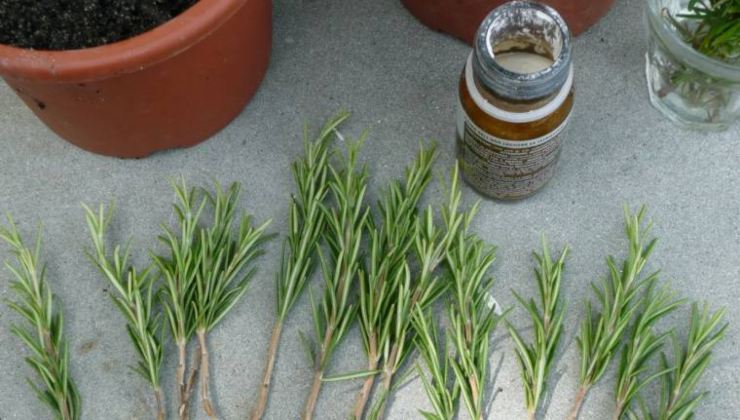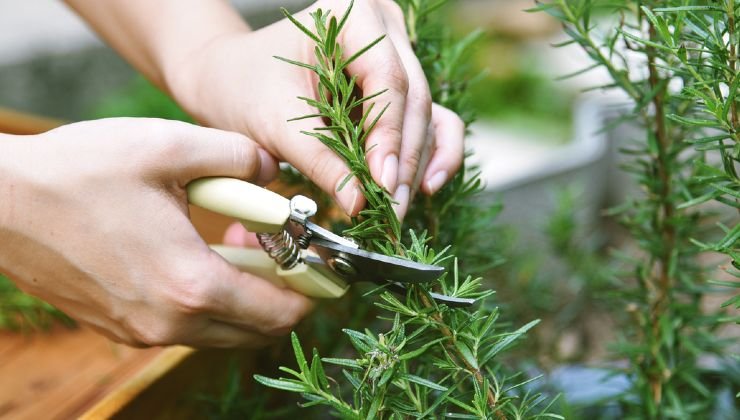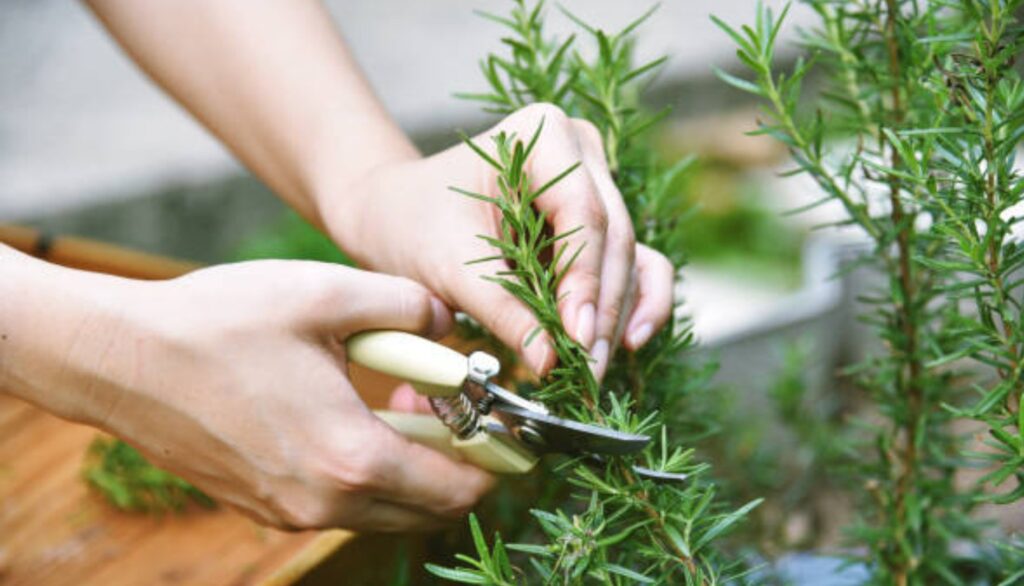There is a trick to multiplying rosemary and having it on hand indefinitely, year after year.
During our lunches and dinners, it has happened more than once that we have flavored our dishes with aromatic herbs which make our dishes tastier and even more fragrant.
We have many options available, from parsley to thyme, including bay leaves , sage and many others but in particular, one of the most common, especially combined with chicken and potatoes, is rosemary.
Rosemary: characteristics
Sage rosmarinus Schield , this is its scientific name, grows spontaneously in the Mediterranean air throughout the Tyrrhenian and Ionian areas and is found very widespread throughout the peninsula, especially from the coast of the Adriatic to Molise and of bordering parts of Garda.
The plant itself is perennial and can reach a height of around 50 – 300 cm with long, persistent leaves measuring 2-3 cm that exude a particular and characteristic perfume.
Its maintenance requires that this plant is exposed in sunny areas and not in cold areas as it is not resistant to rain and harsh winter climates and if it is kept on the balcony of the house it must be grown in soil mixed with sand.
Rosemary multiplication, how does it happen?
Its multiplication can occur through cuttings, that is, a piece of plant that is cut from the mother plant and regenerated in the soil, making it cultivate and grow to give life to a new plant specimen.

And it is thanks to this method that we can obtain more plants of rosemary multiplying them infinitely without buying a new plant from the retailer. a>
Plants born from cuttings mature faster than the mother plant born from a seed, as rosemary plants have quite long germination times.
Otherwise, a rosemary plant obtained through cuttings will grow to a useful size for use after a few months from the moment in which the seedling was grown in a pot.
This is very important, as the clone plant will be identical to the mother and will have the same flavor and characteristics as the one born from the seed, with the same strength and aroma.
The cutting technique
Furthermore, removing a piece of the plant from the main one does not damage it in any way, as removing a small piece does not create any problems for the rosemary plant and we can fill our balcony or windowsill with as many clones as we want.
To do this in the most optimal way, it is always best to cut young, green and fresh stems that are usually found at the base of the plant, avoiding the more brown and woody ones that can be insidious both in cutting and in growth.
To detach these branches, use very sharp scissors and the chosen stem must be at least 10 cm long. It is always better to cut more than one if the one you choose is not very green or does not take root.
Once the branch is removed, remove the rosemary needles from the bottom and place it in hot water in a warm location, possibly without direct sunlight.
The water carries oxygen and must be changed every two days and tends not to deteriorate the seedlings that will give life to the new ones After about 4-8 weeks, if our seedlings survive, we will see roots on each stem.rosemary plants.
In this case, they must be transplanted into a larger pot with sandy soil and, making a hole in the soil, insert the cutting exposing it to direct light for at least 6-8 hours a day.

After growing and reaching a size of about 15 centimeters, the plant can be used and, possibly, new ones can be cut cuttings to generate others without, however, harvesting 1/3 of the plant, as it grows slowly.
If, on the other hand, our seedlings are brownish and the needles are easily removed, it means that the seedling did not survive and we will need to get another one to multiply our rosemary plant.


